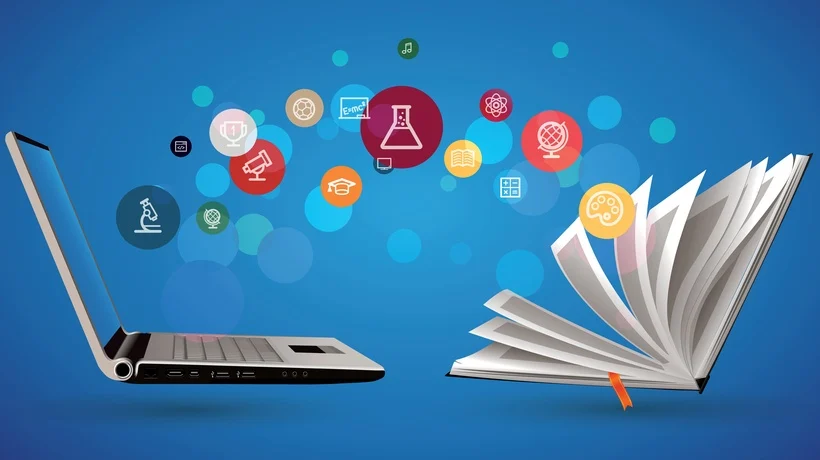0%

Illustration: Black Jack/Shutterstock
Even before they enter a classroom, people learn to identify commonplace objects like a dog and a chair just by encountering them in everyday life, with no intent to learn about what they are.
A new study is one of the first to provide experimental evidence that people learn from incidental exposure to things that they know nothing about and aren’t even trying to understand.
The study was published in the journal Psychological Science. Exposure to new objects makes humans “ready to learn,” said Vladimir Sloutsky, co-author of the study and professor of psychology at The Ohio State University.
“We often observe new things out in the real world without a goal of learning about them,” Sloutsky said.
“But we found that simply being exposed to them makes an impression in our mind and leads us to be ready to learn about them later.”
Sloutsky conducted the research with Layla Unger, a postdoctoral researcher in psychology at Ohio State and the lead author of the study.
The study included five different experiments with 438 people, with all experiments showing similar results.
In the studies, participants first took part in an “exposure phase” in which they played a simple computer game while seeing colourful images of unfamiliar creatures.
The game did not provide any information about these creatures, but for some participants, unbeknownst to them, the creatures actually belonged to two categories – Category A and Category B.
Similar to real-world creatures such as dogs and cats, Category A and Category B creatures had body parts that looked somewhat different, such as different-coloured tails and hands.
Control group participants were shown images of other unfamiliar creatures.
Later in the experiment, the participants went through “explicit learning,” a process in which they were taught that the creatures belonged to two categories (called “flurps” and “jalets”), and to identify the category membership of each creature.
The researchers measured how long it took participants to learn the difference between Category A and Category B in this explicit learning phase.
“We found that learning was substantially faster for those who were exposed to the two categories of creatures earlier on than it was in the control group participants,” Unger said.
“Participants who received early exposure to Category A and B creatures could become familiar with their different distributions of characteristics, such as that creature with blue tails tended to have brown hands, and creatures with orange tails tended to have green hands. Then when the explicit learning came, it was easier to attach a label to those distributions and form the categories.”
(ANI)